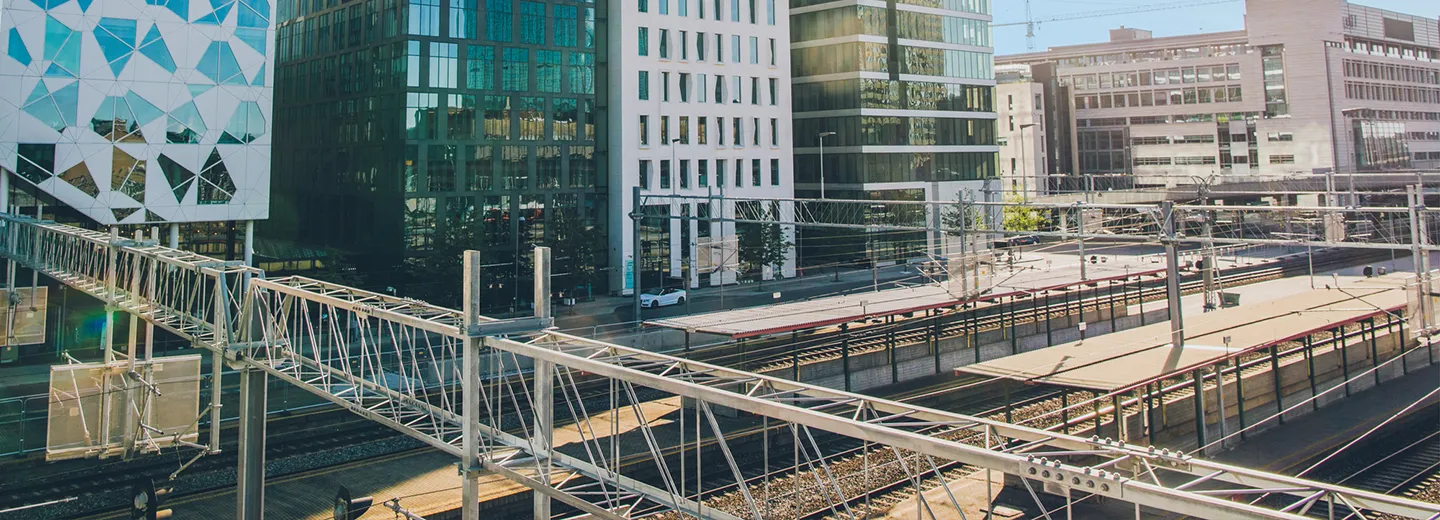Fault Trenching Study at Azusa Unified School District


Earthquakes are a fact of life for all residents of southern California. Several damaging earthquakes have occurred in recent memory, including the magnitude 6.6 San Fernando earthquake of 1971, the magnitude 6.0 Whittier Narrows earthquake of 1987, and the magnitude 6.7 Northridge earthquake of 1994. These three earthquakes alone generated over $2.5 billion in property damage and caused 144 deaths in Los Angeles County. The temblors occurred along three separate active fault systems within the county; however it is important to remember that the county is also home to more than 20 other active fault systems that have the potential to cause damaging earthquakes without notice.
Several hazards can be generated by fault movement. These hazards include ground shaking (which is experienced regionally), landslides (in hillside areas), liquefaction (in valley areas having a shallow groundwater condition), and tsunamis (along the coast). Another hazard that is relatively rare but exceptionally serious is the hazard of fault rupture. This is the condition where a fault that generates an earthquake propagates from the hypocenter to the ground surface and causes permanent ground displacement along the “fault trace.” Any structures located above such a fault trace will be severely damaged if not completely destroyed by such fault movement.
Because the danger to structures located in areas of active faulting is so high, the State of California in 1977 adopted measures to regulate the types of development that can occur along known active faults. Since that time, geologists have developed maps identifying the locations of the traces of all known active faults within the state. Immediately adjacent to each of these active fault traces, the state has delineated a zone (sometimes referred to as an “Alquist-Priolo Zone” or “Earthquake Fault Zone”) in which any development proposed for human occupancy must be subjected to rigorous geologic study before the development will be allowed to be built. Proposed structures found by the geologist to lie in the direct path of an active fault must be moved, or “set back,” from the fault trace, or the project must be abandoned.
Twining, Inc. has been contracted to perform such geologic studies for the Azusa Unified School District. The geologic investigations have involved multiple techniques, including geophysical remote sensing of the subsurface, drilling of auger borings, employment of cone penetrometer soundings, and excavation of a deep trench of the kind geologists use to directly observe the subsurface stratigraphy for evidence of active faulting. Portions of the field work have also been observed by representatives of the California Geological Survey, to whom the study results will be submitted for regulatory oversight.
![Fault trench with geologists examining trench walls [Sean Lin]](https://cdn.prod.website-files.com/658ee38e92a4cfc2de2e8faa/65b522762c1ac6ff0a0260f6_Fault-trench-with-geologists-examining-trench-walls-Sean-Lin-300x225.jpeg)
![Structural damage due to fault rupture, 1971 Sylmar earthquake [United States Geological Survey]](https://cdn.prod.website-files.com/658ee38e92a4cfc2de2e8faa/65b522768518a835a6b7795a_Structural-damage-due-to-fault-rupture-1971-Sylmar-earthquake-United-States-Geological-Survey-300x235.jpeg)
Richard S. Hazen, PG, CEG, is a California Professional Geologist and Certified Engineering Geologist with over 30 years of experience as a geologist in California. His education includes degrees from UCLA and Stanford University. As Principal Engineering Geologist, Mr. Hazen heads Twining’s Forensics Division, providing geotechnical and expert witness services to attorney and insurance company clients throughout southern California. He also leads fault and landslide investigations as well as geologic site evaluations in support of design projects for Twining’s Geotechnical Division.


.png)

.jpg)